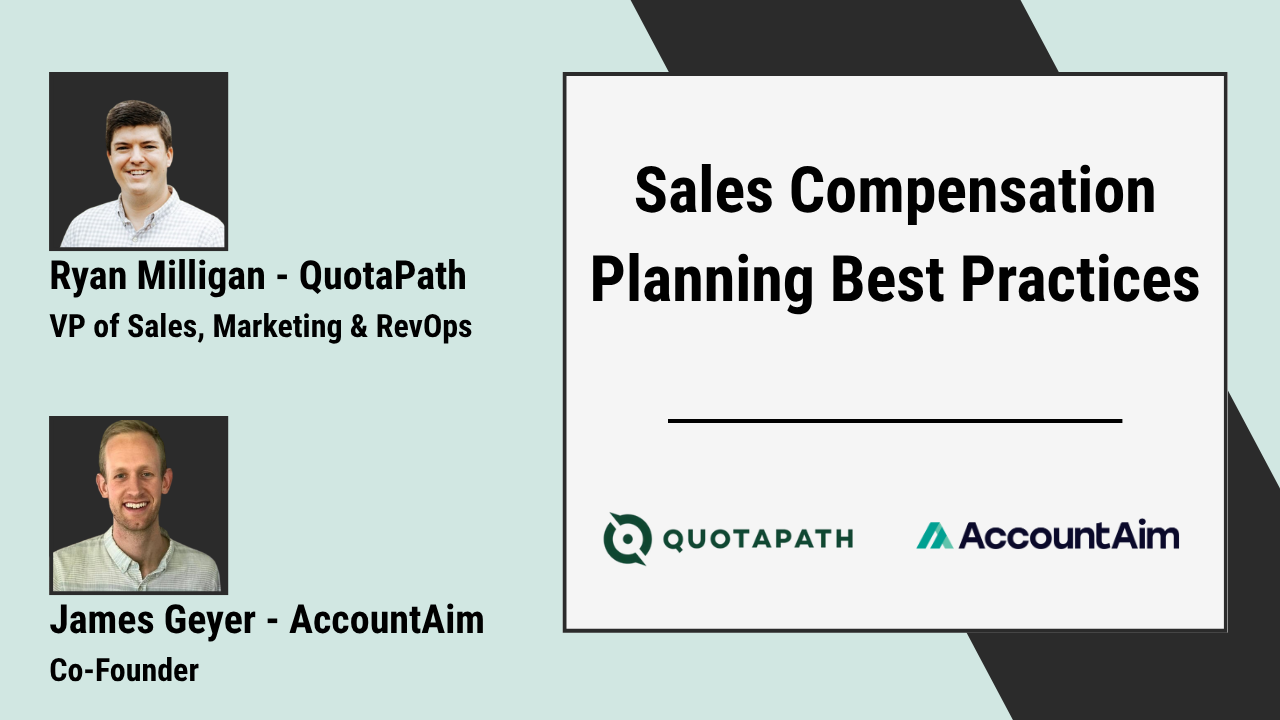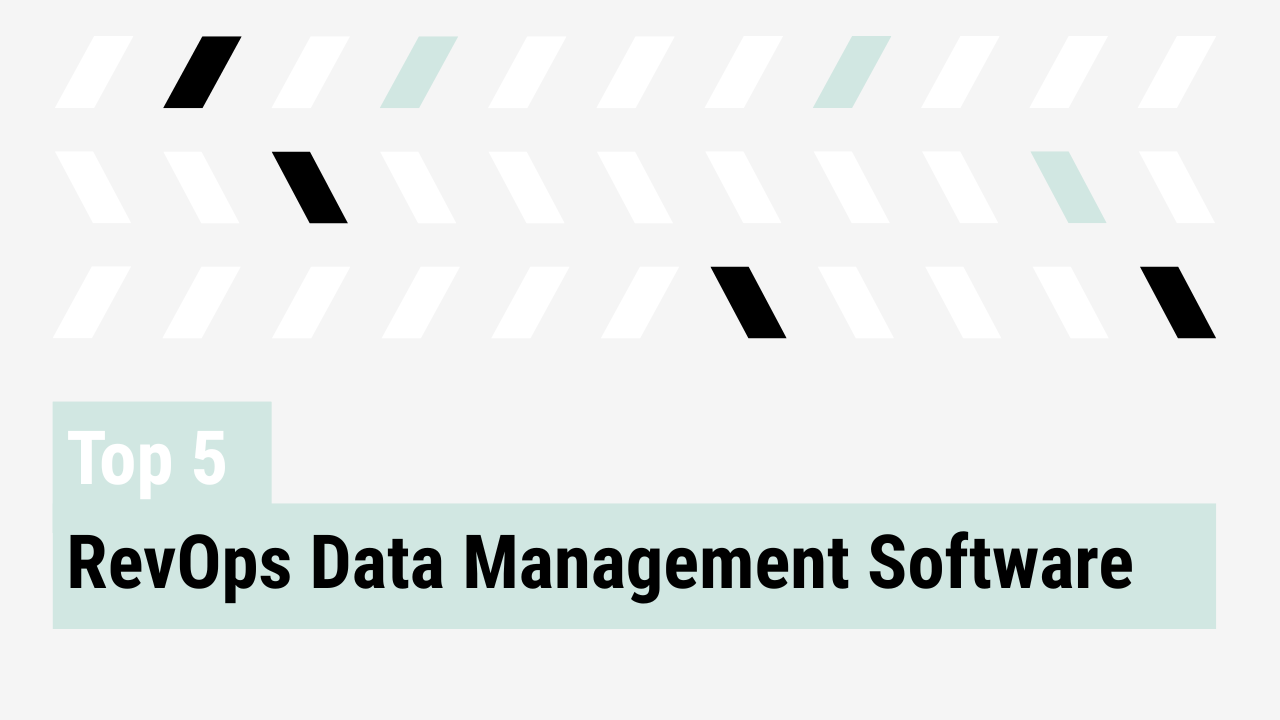A candid and tactical interview with Hassan Irshad on scaling RevOps, leading with strategy, and earning influence across company stages.
Hassan Irshad has worked every layer of RevOps. From early roles at startups to leadership at post-IPO companies, he has built scalable systems and high-performing teams across stages and industries. Now, as the Head of RevOps at Unify and founder at RevInfinity, he advises organizations on building revenue engines that actually function cross-functionally.
In this conversation, Hassan lays out what strategic RevOps leadership looks like, and why proactive thinking, stakeholder alignment, and adaptability are core to success.
How do you personally define RevOps, and what makes it strategic?
“Revenue Operations to me is a strategic approach that aligns your go-to-market motion into a revenue engine…”
Hassan’s view is clear. RevOps connects sales, marketing, CX, and product-led growth under a unified motion aimed at revenue acceleration. That alignment requires clear planning and intentional decision-making.
Being proactive is key. A well-structured plan should serve both immediate priorities and the broader business direction. This is where RevOps proves strategic: by creating a framework that enables forward-looking decision-making, resource allocation across departments, and scalable growth through unified go-to-market execution.
What’s your framework for a successful RevOps onboarding plan?
“I call it a ‘lay of the land’ document, gathering all the data points you can, building relationships, and knocking out quick wins to gain trust.”
Hassan breaks onboarding into three phases:
- Discovery: Learn the business model and KPIs, meet with stakeholders, and solve low-effort problems that build trust.
- Alignment and control: Identify process gaps, formalize strategy, and deepen your understanding of products and customer workflows.
- Vision and execution: Draft the long-term roadmap, revisit it quarterly, and use it to make decisions about time, tradeoffs, and capacity.
This structure gives RevOps a foundation to prioritize and avoid reactive work cycles.
How should RevOps leaders approach long-term strategy in a fast-changing environment?
Hassan acknowledges that leadership shifts, headcount changes, and product pivots are all common. Long-term strategy requires enough structure to guide direction while staying adaptable to change.
Start by tying RevOps work to shared KPIs across GTM teams. “If you’re far from those KPIs, you’re back in a silo. You’re supposed to break silos,” he says.
That lens extends to tech stack planning, systems scalability, and hiring alignment. Strategic leaders are the ones asking, “Will this hold up six months from now?”
What does it take to earn a seat at the leadership table as a RevOps professional?
“You need to start speaking the language of the leadership… start having conversations based on revenue, conversations based on scalability… bring me something I don’t know about. That’s how Revenue Operations can start generating enough value to get a seat at the table.”
RevOps leaders build credibility by framing their work around business impact, connecting operational insights to revenue and growth levers.
Leadership conversations should center on revenue risk, cost leverage, and GTM scalability. “Start bringing insights leadership hasn’t already seen.” That’s how you shift from doer to strategic partner.
How do RevOps priorities change across company stages?
In early-stage companies, the core challenge is often visibility. Hassan sees RevOps focusing on foundational instrumentation, data cleanliness, and simple reporting.
As companies grow, the function shifts toward comp models, lead scoring, sales methodologies, and forecast governance. At public-company scale, the emphasis is on predictability, reliability, and scenario planning.
What do you look for when hiring and developing RevOps talent?
Ownership, problem-solving, and structured thinking. Hassan doesn’t screen for RevOps experience alone. He looks for people who are curious, adaptable, and ready to learn in motion.
“Once someone’s in, your job as a leader is to coach them into seeing their potential,” he says. “Help them understand their strengths, develop their weak spots, and put them in positions where they can stretch and grow.”
What advice would you give to someone trying to break into RevOps from a different background?
Start with a real problem. Then work through how to solve it.
“Pick a problem and figure out how you’d solve it, even without tools or data,” Hassan says. That ability to apply structured thinking in ambiguity is what sets future RevOps leaders apart.
The value lies in how problems are approached, regardless of the tools available.
Go Deeper
If you enjoyed this Q&A, check out the full conversation with Hassan Irshad, RevOps leader, at YouTube or Spotify.
About AccountAim
AccountAim is the planning and analytics platform built for Strategic RevOps teams. With AccountAim, RevOps teams connect all of their fragmented GTM data, automatically snapshot and see trended changes over time, and build full-funnel reporting — all without SQL or data team support. Learn how Strategic RevOps teams use AccountAim to streamline forecasting, territories, cross-sells and more here.



